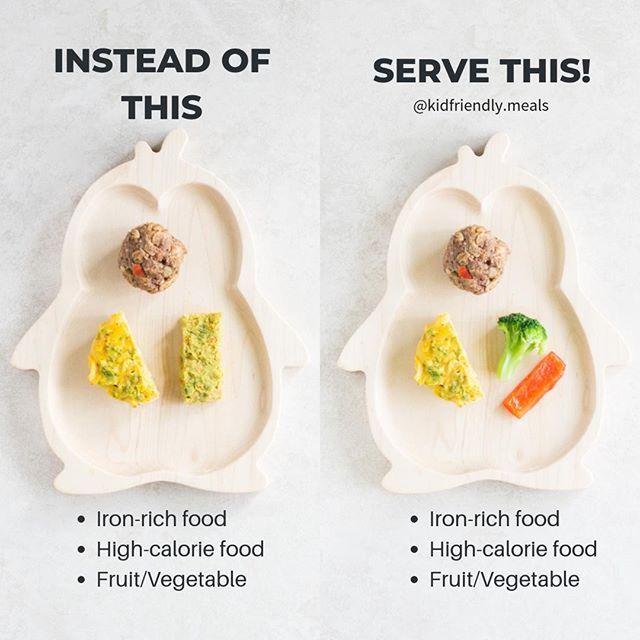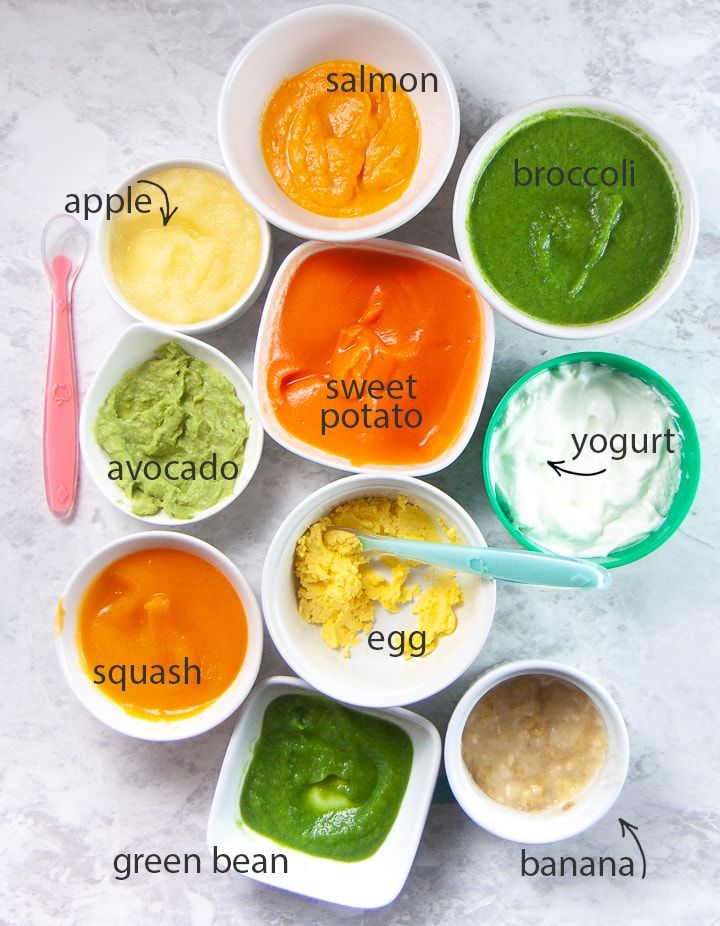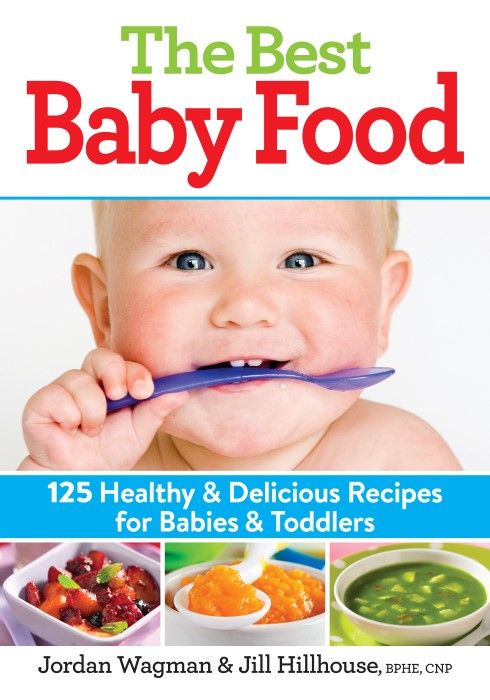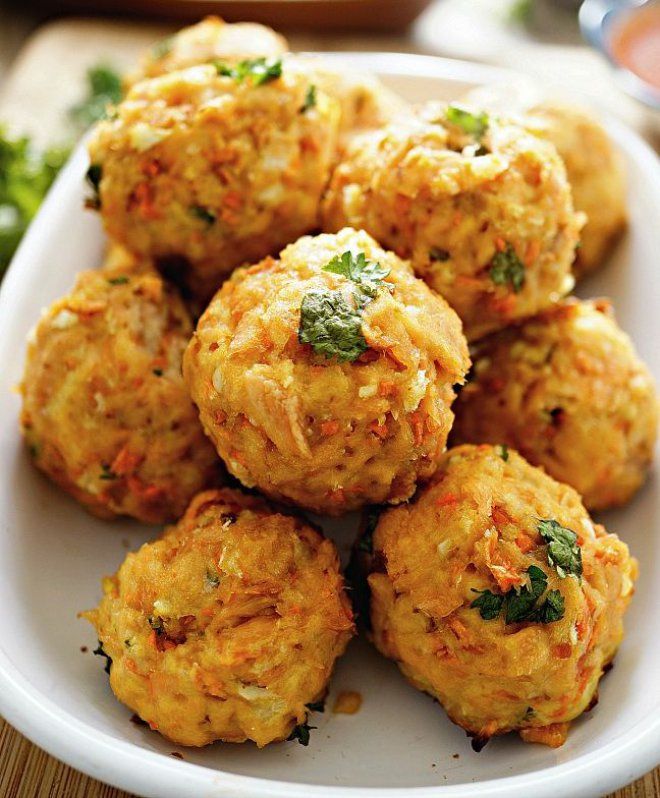Cardamom baby food
Cardamom Profile - Baby Foode
Cardamom For Baby
Many parents and caregivers are often confused and intimidated about when to introduce baby to bold flavors and spices, and cardamom is no exception. Introducing baby and kiddo to interesting flavors early on will help create a fun and sophisticated little eater! Cardamom has a warm flavor somewhat similar to cinnamon and is delicious paired with semi-sweet fruits, used in baked goods or added to savory Indian stews. Cardamom is not only tasty, it’s known for its many medicinal properties as well. Cardamom oil can be used as an antiseptic and is helpful for digestion and upset tummies. It also has unique antioxidant properties that play a role in preventing disease! Cardamom has a bold, rich flavor, and when used in moderation, lends a sweet aroma to beverages, sweet desserts, and savory dishes that baby and kiddo will love!
Highlighted Nutritional Importance of Cardamom
Vitamins
Vitamin C – necessary to form and repair red blood cells, bones and tissues and helps keep baby’s gums and skin healthy
Thiamin – this B vitamin is essential for baby’s brain development and aids the normal functioning of the nervous system, muscles and heart
Vitamin B6 – this vitamin regulated the body’s natural sleep cycles and helps support normal and healthy brain development
Minerals
Manganese – this potent antioxidant helps to protect cells from damage
Iron – responsible for making hemoglobin in the blood, the protein that helps keep oxygen moving and helps us feel energized
Magnesium – this mineral helps keep bones strong, the heart rhythm steady and supports the immune system
Zinc – helps keep up a strong appetite and is essential for good digestion
How to Select and Store Cardamom for Baby Food
When buying cardamom for baby food, most people will prefer to purchase the dried powder at their local spice market or grocery store. If purchasing the dried version, consider going organic in order to avoid irradiation (a process where the spices are exposed to radiation as a preservative). The dried spice should be stored in a glass, airtight container in a cool, dark place in order to prevent spoiling. Cardamom stored this way will last about a year, but be sure to do a “smell check” to make sure the spice still smells sweet and potent before using.
If purchasing the whole cardamom pod, look for those that are heavy for their size and give a sweet aroma when rubbed between your fingertips. The whole pods are often used to flavor soups, stews and beverages and can be removed before serving.
Do your kiddos like cinnamon rolls? Cardamom is a great alternative option to cinnamon and will give baby and kiddo a taste of something out of their comfort zone. It also pairs perfectly with a sweet apple or pear puree, and adds a fun flavor to pureed veggies and meats. Expand baby and kiddos’ palate with the sweet, exotic flavor of cardamom – they will love it!
Recipes Using Cardamom
- Pear + Cardamom Puree
- Pumpkin Basmati Rice
Easy Cardamom Pear Peas Meal baby constipation |Buona Pappa
8 shares
Jump to Recipe
Today’s recipe has tons of healthy benefits thanks to the particular combination of ingredients. It’s a lovely baby friendly meal that can be served both in the puree’ form or in small pieces starting from 6 months of age.
I wanted to share with you a baby recipe using cardamom, an amazing spice typically used in the Indian cuisine and that you can also find in the medical cabinet thanks to its medical properties.
Before turning the heat on, let’s talk a bit about this little pod that contains tiny black round shaped seeds: cardamom.
WHY ADDING CARDAMOM? BENEFITS FOR BABIESCardamom is commonly used in Indian recipes, both for adults and kids. It comes in 1 inch long pods that contain more or less a dozen of small round seeds. The seeds can be grounded and added into recipes or the full pod can be added to the recipe and removed later for a milder flavor.
The seeds can be grounded and added into recipes or the full pod can be added to the recipe and removed later for a milder flavor.
If you never tried Cardamom, it’s similar to cinnamon, rich and aromatic. It’s great both for sweet and savory recipes, like cinnamon.
It’s safe for babies, starting from 6 months of age, with moderation. It’s recommended not only for the taste but also for the medical properties for what it is well known.
Cardamom helps with digestion, nausea and upset tummies, has great antioxidant properties, antibacterial properties for the teeth and gums health and also has expectorant properties helping thinning mucous. A long impressive list, I know.
There are different kind of cardamom, the one usually used in recipes is the green one. There is also another variety, the black cardamom. It has a different taste, bolder. For baby and toddler recipes I use the green one only.
HEALTHY BENEFITS OF THIS COMBOToday I added cardamon to a baby friendly combo: pear and sweet peas. I like to add spices and herbs to my baby food recipes for many reasons. They can boost up the flavor of the recipe transforming a bland baby food into something special. They extend the baby/toddler’s palate in terms of flavors. They can have healthy properties, like with the cardamon, that only add to the benefits of the recipe.
I like to add spices and herbs to my baby food recipes for many reasons. They can boost up the flavor of the recipe transforming a bland baby food into something special. They extend the baby/toddler’s palate in terms of flavors. They can have healthy properties, like with the cardamon, that only add to the benefits of the recipe.
Each of the three ingredients has a specific benefit.
Pear = helps with constipation
Cardamom = helps with digestion + oral care + expectorant properties
Sweet peas = source of protein
Now that you know a bit more about cardamom and the other ingredients, let’s cook!
HOW TO MAKE CARDAMOM PEAR AND SWEET PEAS BABY MEAL
Let’s start with peeling, coring and chopping the pear in pieces.
Take one cardamon pod and open it using your fingers. Remove the seeds from inside and discard the pod. To ground the seeds you can use a meat mallet or meat tenderizer or even the bottom of a glass and simply press the seeds agains a flat surface in a circular movement. The room will be filled by a wonderful aroma and you will obtain more or less 1/2 tsp grounded cardamom.
The room will be filled by a wonderful aroma and you will obtain more or less 1/2 tsp grounded cardamom.
In a steamer add all the pear, sweet peas and sprinkle the cardamom on top, cover and steam for 8 min up until the pear will be soft enough to be mashed with your fingers.
If you are following the baby led weaning method, remove from the steamer and transfer in a baby bowl, mix gently and serve to your little one in bite size pieces.
If you offer purees to your little one, transfer everything in a tall container and blend into a smooth puree using an immersion blender. The pear should have enough liquids to puree nicely. For a more liquid texture you can thin the puree’ adding few tablespoons of:
- The boiling water left in the steamer
- Baby formula
- Surplus Breastmilk
Pears are not in season? You can switch with apricots, peaches, mango, banana, apples.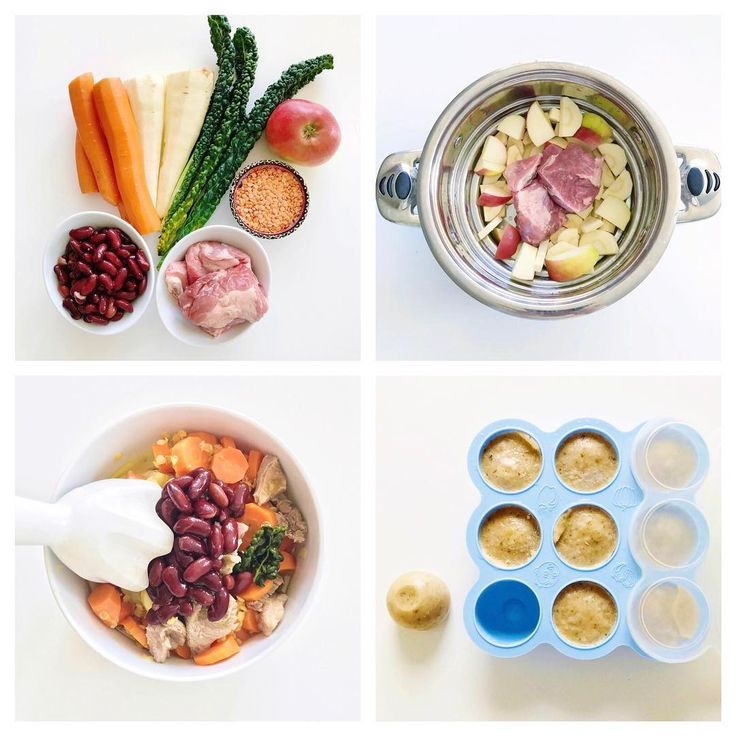
There are so many varieties. I like D’Anjou, Bartlett, Comice, Concorde as they are the sweetest. One suggestions. In order to enjoy them, wait when they are a bit soft and with brown dots here and there; that’s when they are at the peak of their sweetness.
WHAT CAN I ADD TO THIN MY PUREE?Your baby might like a more liquid texture so you might want to add a bit more liquid to the puree. You have many choices you can choose from: warm water is the easiest, but also breastmilk (to be added at the end and only in the needed quantity not to waste it), or formula milk if you have some extra ready.
If you want to learn more about thinning your baby food, aka making it more liquid, you might be interested in this video too.
How to thin your baby food
HOW TO STORE LEFTOVERS?Store any leftover in an airtight container in the refrigerator for up to 4 days or freeze them for up to 4 months.
If you have any puree’ leftover you might want to transform them in a baby popsicle. Refreshing in the summer and a nice relief for gums or tooth discomfort. Simply pour any leftover in a popsicle mold and freeze it!
MORE RECIPES TO HELP WITH BABY CONSTIPATION- What foods will help your baby poop? Baby Constipation.
- Oatmeal with Pear Prunes Apricots and Ginger – baby constipation +6M
- Peach Cardamom Oatmeal +6M GF
- Avocado & Sweet Potato & Spinach Baby Puree’ – Powerful First Food Recipe +6M
- Asparagus Almond Pear Baby Puree +9M
- Quinoa Kiwi Pear Carrot Baby Puree +6M
- Avocado Squash Persimmon Pear Beet Baby Puree +6M
- Sweet Potato Pear Puree +6M
- Homemade Fruit Juice: Peach +6M
- Red lentils puree
- Lentil soup with pasta (+10 months)
If you are interested in the bowls and utensils featured in my video/images, you can find them in my BuonaPappa Amazon Store.
- 1 medium D'Anjou pear
- 1/2 cup sweet peas, frozen or fresh
- 1 pod green cardamom (1/2 tsp grounded cardamom)
-
Peel, core and chop the pear.
-
Open the cardamom pod, remove the seeds and ground them.
-
In a steamer add the pear, sweet peas and sprinkle the cardamom on top. Cover and steam for 8 min up until the pear will be soft enough to be mashed with your fingers.
-
If you are following the baby led weaning method. Transfer everything in a baby bowl, gently mix and serve warm.
-
If you serve purees to your baby. Transfer everything in a tall container and puree into a smooth texture with an immersion blender.
 For a more liquid texture you can thin the puree’ adding the boiling water left in the steamer or baby formula or breastmilk.
For a more liquid texture you can thin the puree’ adding the boiling water left in the steamer or baby formula or breastmilk.
8 shares
baby constipationbaby cough remediesbaby digestioncardamomhow to give cardamom to babiespearpear cardamom sweet peas baby foodpear cardamom sweet peas baby mealpearspeassweet peas
About Barbara Lamperti
In Italian BuonaPappa means “enjoy your baby food”. I thought that if I had issues cooking for my baby for the first time, well, maybe I was not the only mom in this situation. Why not start sharing what I learned with other moms and dads all around the world? That's how BuonaPappa.net was born, THANK YOU for following! I feel honored and humbled daily that you would stop by and view my recipes. Grazie mille!
what spices can be included in the children's menu? The benefits and harms of spices for a child
Spices most often do not have great nutritional value in terms of calories, but they can enhance the digestion process.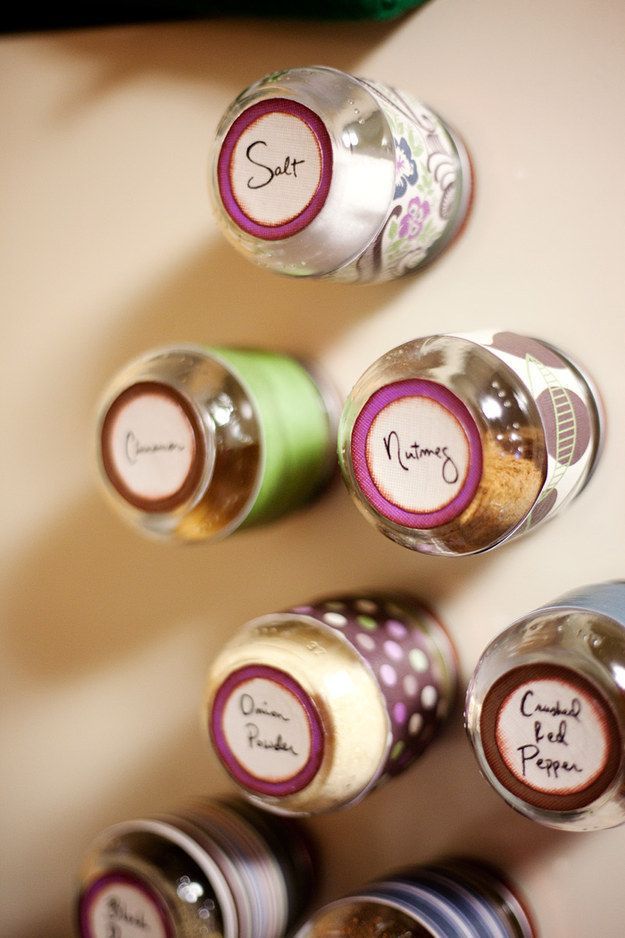 Some spices enrich food with vitamins, while others, having strong phytoncidal properties, contribute to its better preservation. But is it possible to add spices to children's food, because they are often quite spicy?
Some spices enrich food with vitamins, while others, having strong phytoncidal properties, contribute to its better preservation. But is it possible to add spices to children's food, because they are often quite spicy?
It's a matter of measure. You can add, it is only important to know when and what. Sometimes culinary specialists separate spices and spices, and salt and vinegar are classified as spices, and only plants are classified as spices. Actually it's a matter of taste.
Spices are classified according to those parts of plants that are eaten.
Seeds - mustard, nutmeg and anise.
Fruits - cardamom, pepper, vanilla, star anise, cumin.
Flowers - carnation, saffron, capers.
Leaves - bay leaf, marjoram, savory, dill, parsley, tarragon.
Bark - cinnamon.
Roots - ginger, garlic, horseradish.
The best winter drink to boost immunity is ginger tea
Permitted in baby food
Vinegar and citric acid are mainly used as food acids in cooking.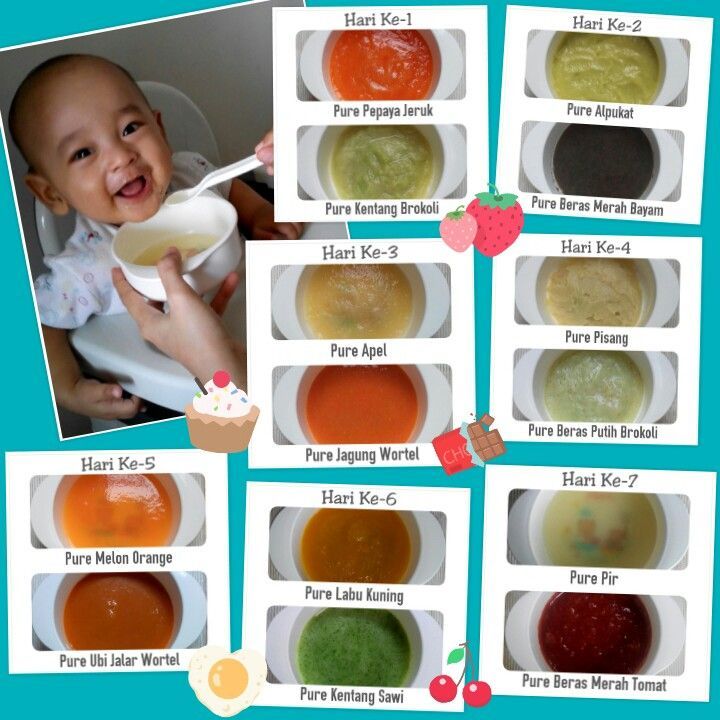 Depending on the raw materials, vinegar can be alcohol, wine, fruit and berry and prepared from 70-80% vinegar essence. Vinegar is usually used to prepare pickled vegetables, so these products are not recommended for young children. And confectionery, bakery products with fillers, which include a small amount of citric acid (fruit fillers, industrial jams, etc.), in a limited amount can be tasted by children from 4 years and older.
Depending on the raw materials, vinegar can be alcohol, wine, fruit and berry and prepared from 70-80% vinegar essence. Vinegar is usually used to prepare pickled vegetables, so these products are not recommended for young children. And confectionery, bakery products with fillers, which include a small amount of citric acid (fruit fillers, industrial jams, etc.), in a limited amount can be tasted by children from 4 years and older.
Enriching your regular diet with spices is easy. Please your child with rice porridge in milk with a pinch of cardamom and two cloves, it is very tasty. Offer a ginger-banana cocktail for dessert: one banana per glass of yogurt, 2 tablespoons of honey, half a glass of boiled water and half a teaspoon of ginger, combine everything and beat in a mixer.
Add turmeric and honey to the usual honey with dried apricots and nuts and you will get a completely new taste.
Restrictions
All spices contain essential oils, stimulate the appetite, enhance the activity of the digestive glands, increase the absorption of nutrients.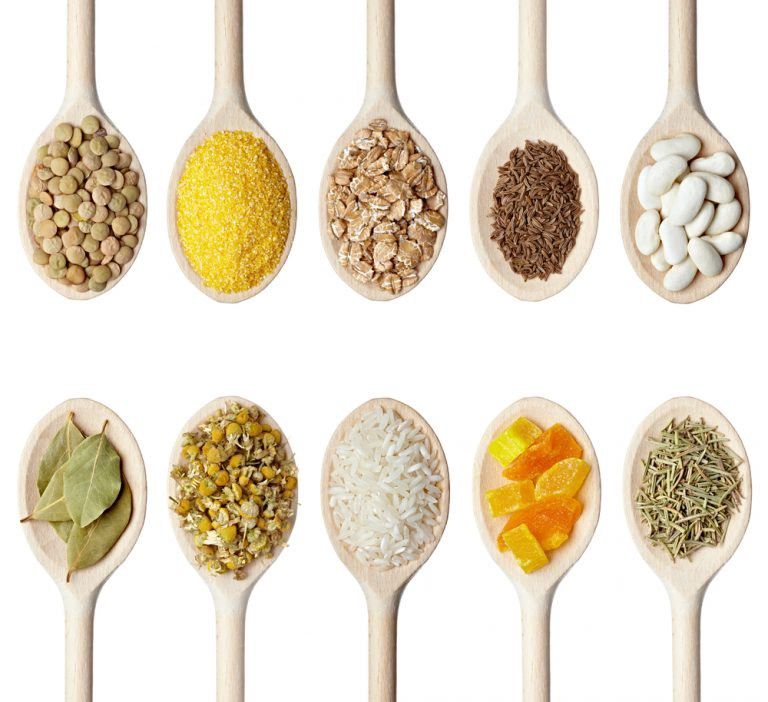 They can not be eaten with diseases of the stomach, intestines, liver, pancreas, kidneys, cardiovascular and nervous systems.
They can not be eaten with diseases of the stomach, intestines, liver, pancreas, kidneys, cardiovascular and nervous systems.
Many spices stimulate the production of digestive enzymes and hydrochloric acid, thereby increasing appetite and irritating the mucous membrane of the gastrointestinal tract, so they should be excluded from the diet of children with digestive diseases and food allergies.
Spices as medicines
Sometimes spices can be used not only as an additive to food, but also as a way to solve problems in the body.
For example, when a child is hysterical, he can be calmed down by making an enema prepared from a pinch of asafoetida in half a glass of water. A pinch of asafoetida and half a teaspoon of turmeric in a glass of warm water is a good gargle for sore throats. Chewing cloves helps with dry cough and toothache. And the best winter drink to strengthen immunity is ginger tea: pour a teaspoon of grated ginger with boiling water, add a tablespoon of honey and lemon juice to taste. For the prevention of influenza, you can also brew cinnamon: pour half a teaspoon of cinnamon with boiling water, add a pinch of black pepper and drink with honey.
For the prevention of influenza, you can also brew cinnamon: pour half a teaspoon of cinnamon with boiling water, add a pinch of black pepper and drink with honey.
An excellent natural antibiotic is turmeric, a gargle for diseases of the eagle is prepared from half a teaspoon of turmeric and half a teaspoon of salt, which are diluted in a glass of warm water. You can also rinse the nasopharynx by adding turmeric to the water (half a teaspoon per 400 ml of water). You can clear the respiratory tract of mucus with influenza with the help of fennel infusion - brew 1-2 teaspoons of seeds with a glass of boiling water. Nutmeg mixed with honey is given to children who cry at night for no apparent reason.
Remember that before you start using spices for treatment, you first need to consult a doctor and confirm the child's diagnosis.
Dishes with cardamom - step by step recipes with photo
Chicken eggs, sour cream butter, potato flour, wheat flour, sour cream, sugar, vanilla, lemon peel, cardamom, sweet almonds.
- Read...
- 16 0
Flour, yeast, salt, sunflower oil, sugar, cardamom, lemon peel, vanilla, cinnamon, raisins, honey.
- Read...
- 179 1
-
- flour dishes
Flour, cottage cheese, butter, milk, cream, sour cream, eggs, sugar, vanilla, spices, raisins, candied fruits.
Yeast, cream, flour, butter, sugar, egg yolks, spices, almonds, candied fruit, raisins, crackers.
- Read...
- 223 0
Flour, sugar, butter, salt, yeast, milk, eggs, yolks, candied fruit, peel, raisins, nuts, rum, spices, powdered sugar.
- Read...
- 68 0
Milk, flour, yeast, egg, granulated sugar, salt, melted butter; raisins, vanilla, cardamom, rose oil.
- Read...
- 97 0
Flour, yeast, sugar, eggs, butter, raisins, candied fruit, cardamom, cinnamon, milk.
- Read...
- 88 0
Flour, cream, yolks, yeast, milk, salt, butter, sugar, spices.
- Read...
- 122 0
Honey, sugar, bay leaf, cinnamon, cloves, cardamom, ginger, nutmeg.





